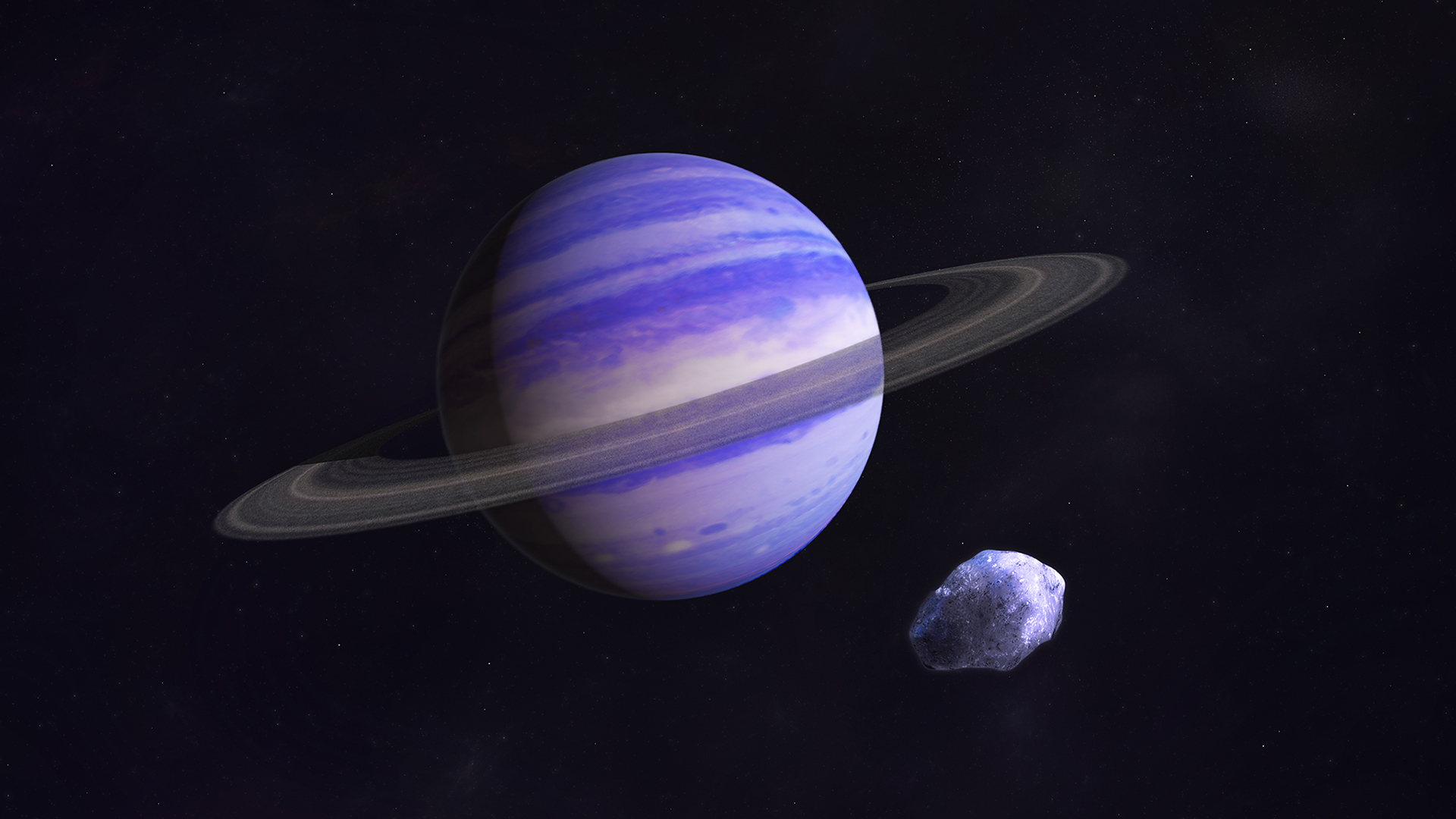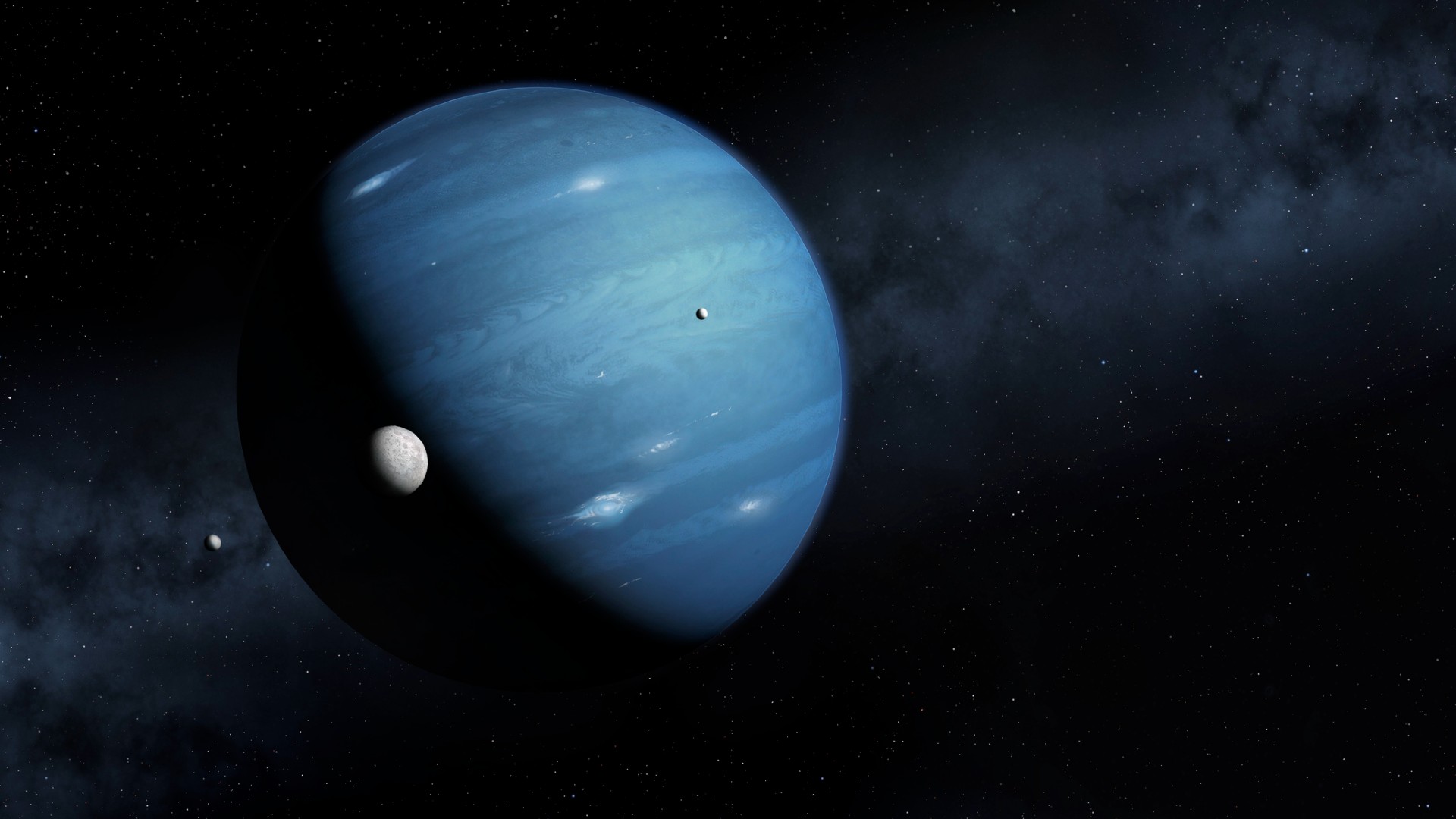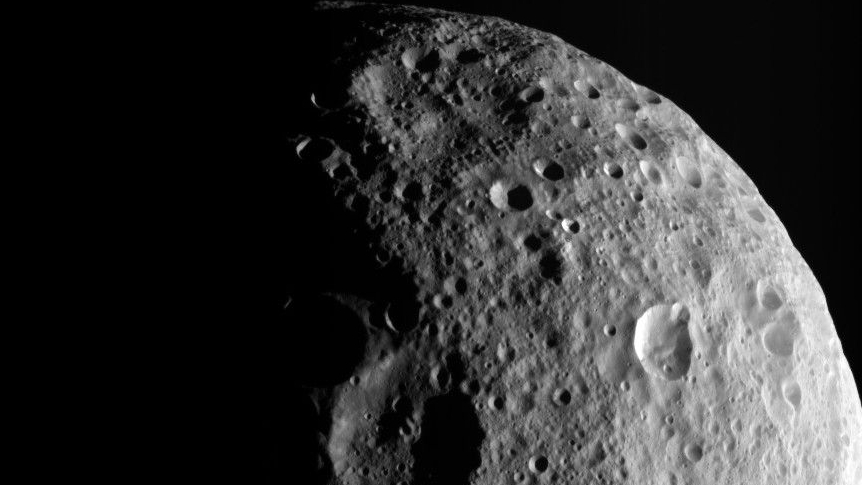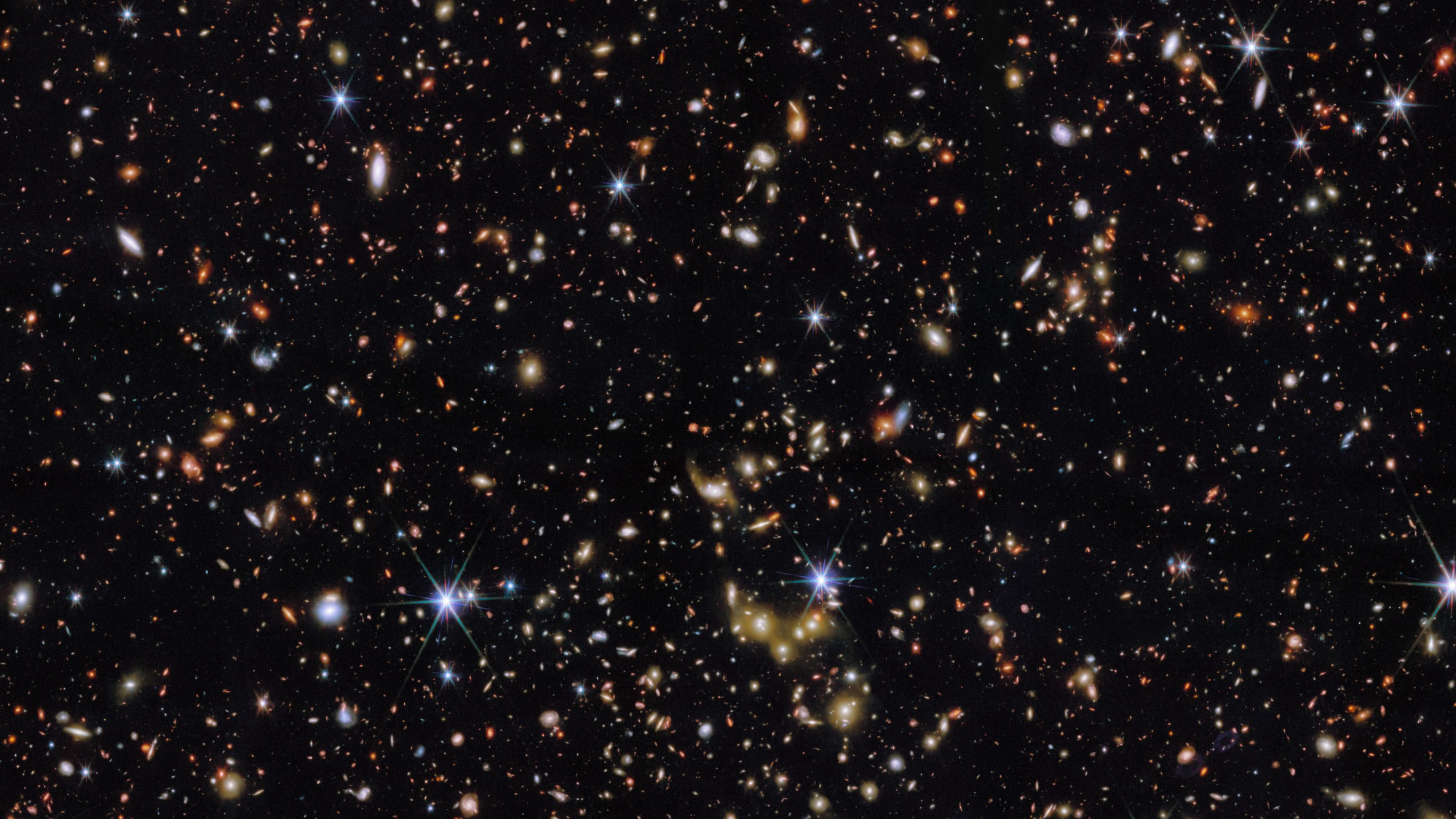
'Superpuff' alien worlds could be ringed giant planets just like Saturn

All four outer planets in our solar system sport at least a few rings, but so far, we haven't observed any such features around exoplanets.
That's confusing, since these rings should be detectable with our current technology. A recent paper suggests that, actually, we've already seen ringed exoplanets, just in the form of strangely large, "superpuff" planets.
Except in rare cases, we don't get to take pictures of exoplanets directly. Instead, scientists have to infer the existence of these worlds through a series of lucky breaks. The most common method for spotting worlds around distant stars is to sit and stare at those suns for weeks on end, watching for any changes in brightness. If that star happens to host a planet, and if that planet's orbit happens to carry it in front of the face of that star from our point of view, and if that planet happens to be big enough, then scientists can detect the subtle dimming as the star's light is blocked.
Related: 7 ways to discover alien planets
This technique, known as the transit method, does indeed depend on everything lining up just right. But there are enough stars in the galaxy (hundreds of billions enough) that we've been able to spot thousands of exoplanets using this method.
Studying transits also allows scientists to determine properties of the newfound worlds. For example, astronomers can estimate a planet's size by watching how long it takes the host star to reach its minimum brightness during the transit and how much light is blocked. A larger planet takes longer to dim the star and blocks more light, and therefore is easiest to see, so plenty of these newfound worlds are giants, akin to Neptune and Jupiter.
In principle, this method should reveal rings around an exoplanet. If an alien world sports some bling, that feature ought to have some effects on the transit signal. For example, starlight peeking between the rings and the planet could cause gaps in the transit event. Some astronomers claim to have seen this, but the effect is so subtle that no instances are fully convincing, even with the biggest planets that we have studied.
Get the Space.com Newsletter
Breaking space news, the latest updates on rocket launches, skywatching events and more!
The mystery of superpuffs
Once the transit technique identifies a candidate planet, scientists can follow up, using methods that measure subtle wobbles in the star's position to calculate a planet's mass.
From the mass and size, astronomers can calculate the average density, a critical number in determining the type of planet we're staring at. Very high density? Probably made of rocks and water, something like the Earth. Relatively low density? Probably a hulking gas giant, like Jupiter or Uranus.
But as with any population, there are some oddballs. In the case of exoplanets, there are about a dozen worlds that scientists have nicknamed "superpuffs." And these superpuffs are weird indeed.
All of them are five to 10 times larger than Earth, in terms of both mass and size. With only one exception, they orbit close to their parent stars, with years as short as 15 Earth days.
But what really sticks out about these worlds is their extremely low density. For perspective, Saturn's density, 0.687 grams per cubic centimeter, is low enough that if you could make a bathtub big enough, the planet would float in the water. These superpuffs have densities as low as one-tenth of Saturn's.
To put it simply, these superpuffs are a complete mystery. Their host stars aren't anything out of the ordinary, although some are on the young side. Perhaps some of these superpuffs are still forming and haven't quite settled into middle age yet. Perhaps some are obscured by dust clouds, giving a false impression of their size. Perhaps some have thick gas envelopes. Perhaps some are stretched by tidal forces from their stars.
And perhaps some have rings.
Rings to the rescue
The argument for ringed planets masquerading as superpuffs is simple: Rings could easily interfere with the way scientists turn the length of a transit into an estimate of the associated planet's size.
A hypothetical alien looking at Saturn via our techniques, for example, would calculate Saturn's size at twice its actual value and its density at one-eighth of the real number. A similar misperception, from our perspective, would perfectly explain the anomalously low densities of the superpuffs.
But this explanation doesn't work for all of the superpuffs. Some of these weird exoplanets orbit too close to their parent star for the idea to make sense; there, gravitational forces would tear apart any ring system. In other cases, no matter how researchers adjust the hypothesized size, structure and orientation of a ring system, they can't get it to match the precise properties of the transit signal.
Still, out of the dozen known superpuffs, the authors of the new research were able to pick out a few candidates for ringed planets. Current observation techniques aren't precise enough to confirm rings, but the upcoming James Webb Space Telescope will be precise enough. Then, we'll finally know if ringed planets are rare or common and what these mysterious superpuffs really are.
The research is described in a paper posted in November 2019 to the preprint server arXiv.org and accepted for publication by The Astrophysical Journal.
- Photographing an exoplanet: How hard can it be?
- The strangest alien planets in pictures
- Cassini's death dive into Saturn reveals weird ring 'rain' and other surprises
Paul M. Sutter is an astrophysicist at The Ohio State University, host of "Ask a Spaceman" and "Space Radio," and author of "Your Place in the Universe." Sutter contributed this article to Space.com's Expert Voices: Op-Ed & Insights.
Follow us on Twitter @Spacedotcom and on Facebook.
OFFER: Save at least 56% with our latest magazine deal!
All About Space magazine takes you on an awe-inspiring journey through our solar system and beyond, from the amazing technology and spacecraft that enables humanity to venture into orbit, to the complexities of space science.
Join our Space Forums to keep talking space on the latest missions, night sky and more! And if you have a news tip, correction or comment, let us know at: community@space.com.

Paul M. Sutter is an astrophysicist at SUNY Stony Brook and the Flatiron Institute in New York City. Paul received his PhD in Physics from the University of Illinois at Urbana-Champaign in 2011, and spent three years at the Paris Institute of Astrophysics, followed by a research fellowship in Trieste, Italy, His research focuses on many diverse topics, from the emptiest regions of the universe to the earliest moments of the Big Bang to the hunt for the first stars. As an "Agent to the Stars," Paul has passionately engaged the public in science outreach for several years. He is the host of the popular "Ask a Spaceman!" podcast, author of "Your Place in the Universe" and "How to Die in Space" and he frequently appears on TV — including on The Weather Channel, for which he serves as Official Space Specialist.
-
rod ReplyAdmin said:All four outer planets in our solar system sport at least a few rings, but so far, we haven't observed any such features around exoplanets. That's confusing.
'Superpuff' alien worlds could be ringed giant planets just like Saturn : Read more
Enjoyable exoplanet here. I note this in the report. “Kepler-51b has a mass about twice that of Earth and a radius about seven times larger, and it orbits its star every 45 days. With its 130-day orbit, Kepler-51d is a bit larger, about 7.5 times as massive as Earth with a radius nearly ten times that of our planet. The third sibling, Kepler-51c, takes 85 days to travel around the star and has about four times the radius of Earth. By combining the updated mass with the revised radius, the researchers could calculate that the densities of the planets ranged from 0.03 grams to 0.06 grams per cubic centimeter. That's a tenth as dense as Saturn, the solar system's least dense planet, and one that would float in water if you could find a bathtub big enough.”
The possible ringed system exoplanets currently are observed orbiting very close to the parent star. Other reports I have on this interesting topic show they must migrate from farther out to be where they are at today. "Models suggest these planets formed outside of the star's "snow line," the region of possible orbits where icy materials can survive. The planets then migrated inward, like a string of railroad cars...", ref - 'Cotton candy' planet mysteries unravel in new Hubble observations
Presently we have 4186 exoplanets confirmed, The Extrasolar Planets Encyclopaedia
There are 2996 detected by primary transit method according to the site I list. The primary transit method was discussed in the report here. Presently it seems, only 3 are considered superpuffs.










